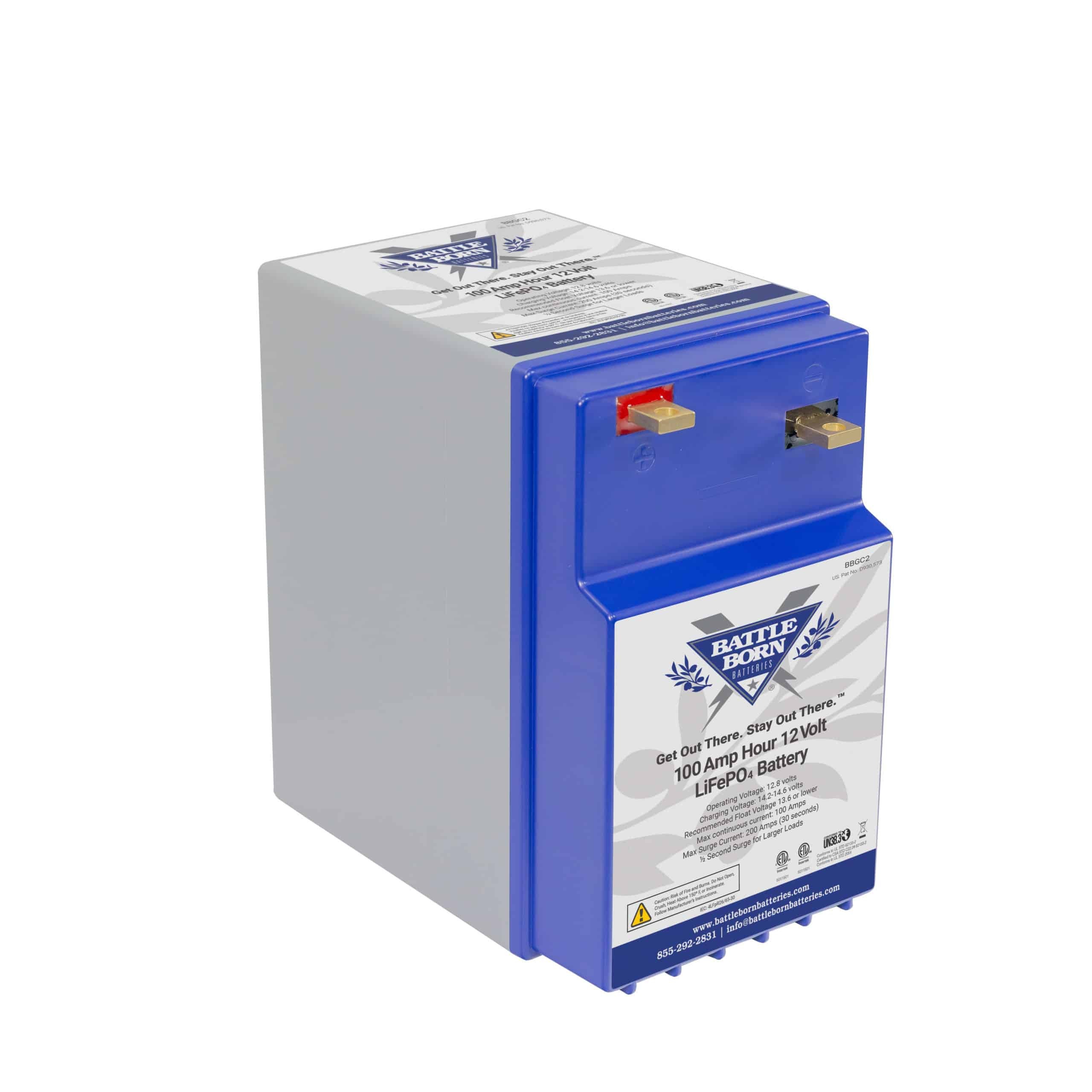A lithium battery that refuses to charge can be a frustrating experience. Whether you rely on lithium batteries for your RV, boat, or off-grid power system, a non-functional battery can disrupt your plans. This guide provides five easy troubleshooting tips to help you diagnose and fix the issue of a lithium battery not charging.
Common Reasons for Lithium Battery Charging Problems
Several factors can contribute to a lithium battery not charging. These can range from simple connection issues to more complex problems with the battery management system (BMS) or charger. Before diving into troubleshooting, it’s important to understand how lithium batteries charge. They utilize a BMS to monitor voltage, current, and temperature, ensuring safe charging conditions. Charging problems often arise from issues within these systems.
Troubleshooting Tips to Fix a Lithium Battery Not Charging
Here are five troubleshooting steps to help you get your lithium battery charging again:
1. Inspect and Tighten Connections
Loose or corroded connections are a common culprit for charging issues. Carefully examine all connections between the battery, charger, and any other components in the system. Ensure all wires are securely attached and free of corrosion. Even a slightly loose connection can disrupt the charging process.
2. Use a Multimeter to Check Voltage and Current
A multimeter is an essential tool for diagnosing electrical problems. Use it to measure the voltage at the battery terminals and the current flowing from the charger. A voltage reading lower than the battery’s nominal voltage (typically around 12.8V for a 12V lithium battery) indicates a problem. Similarly, zero or low current flow suggests an issue with the charger or wiring.
3. Reset the Battery Management System (BMS)
Many lithium batteries have a built-in BMS with a low-voltage disconnect feature. This safety mechanism prevents the battery from discharging below a critical level, potentially causing damage. If the battery has been discharged too deeply, the BMS may need to be reset. This usually involves applying a small charge to the battery to bring it above the low-voltage threshold. Refer to your battery’s manual for specific instructions on resetting the BMS.
4. Verify Charger Compatibility and Settings
Using an incompatible charger or incorrect charger settings can prevent the lithium battery from charging correctly. Lithium batteries require chargers specifically designed for lithium chemistry. Ensure your charger is compatible with your battery’s voltage and capacity. Also, check the charger settings to confirm they are appropriate for lithium batteries. Incorrect charging parameters can damage the battery.
5. Seek Professional Assistance
If you’ve tried the above steps and your lithium battery is still not charging, it’s time to seek professional help. A qualified technician can diagnose more complex issues, such as a faulty BMS or internal battery damage. Attempting to repair a lithium battery yourself can be dangerous.
Conclusion
Addressing a lithium battery not charging involves systematic troubleshooting. By following these five tips, you can often identify and resolve the issue yourself. However, always prioritize safety and seek professional help when needed. Proper maintenance and charging practices are crucial for maximizing the lifespan and performance of your lithium batteries.

